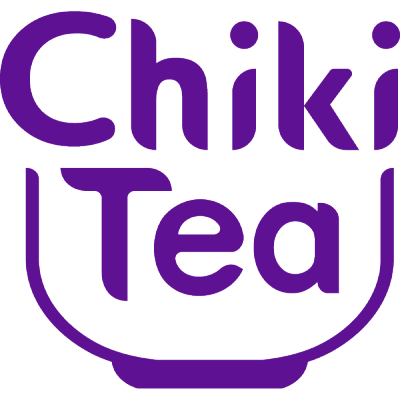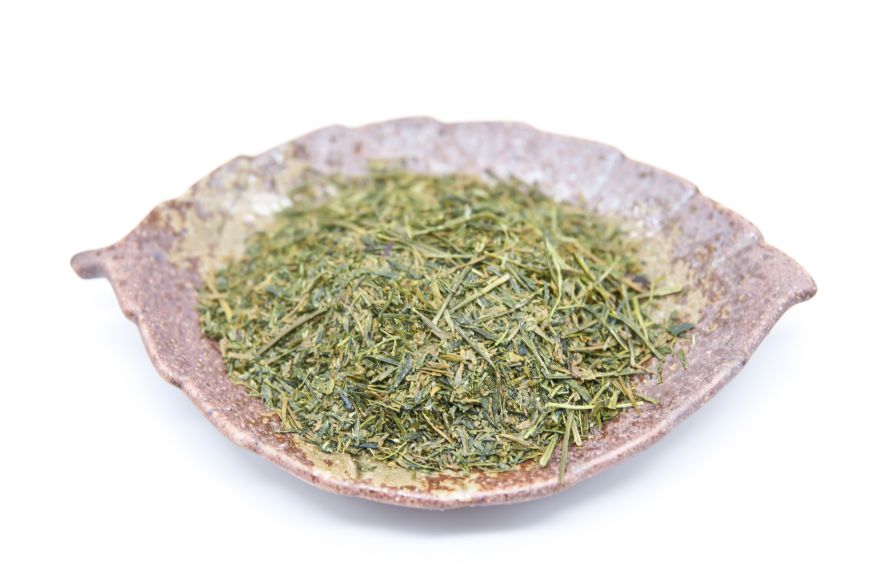A Stunning Shincha Secret!
- Holly Helt
It's SHINCHA time...
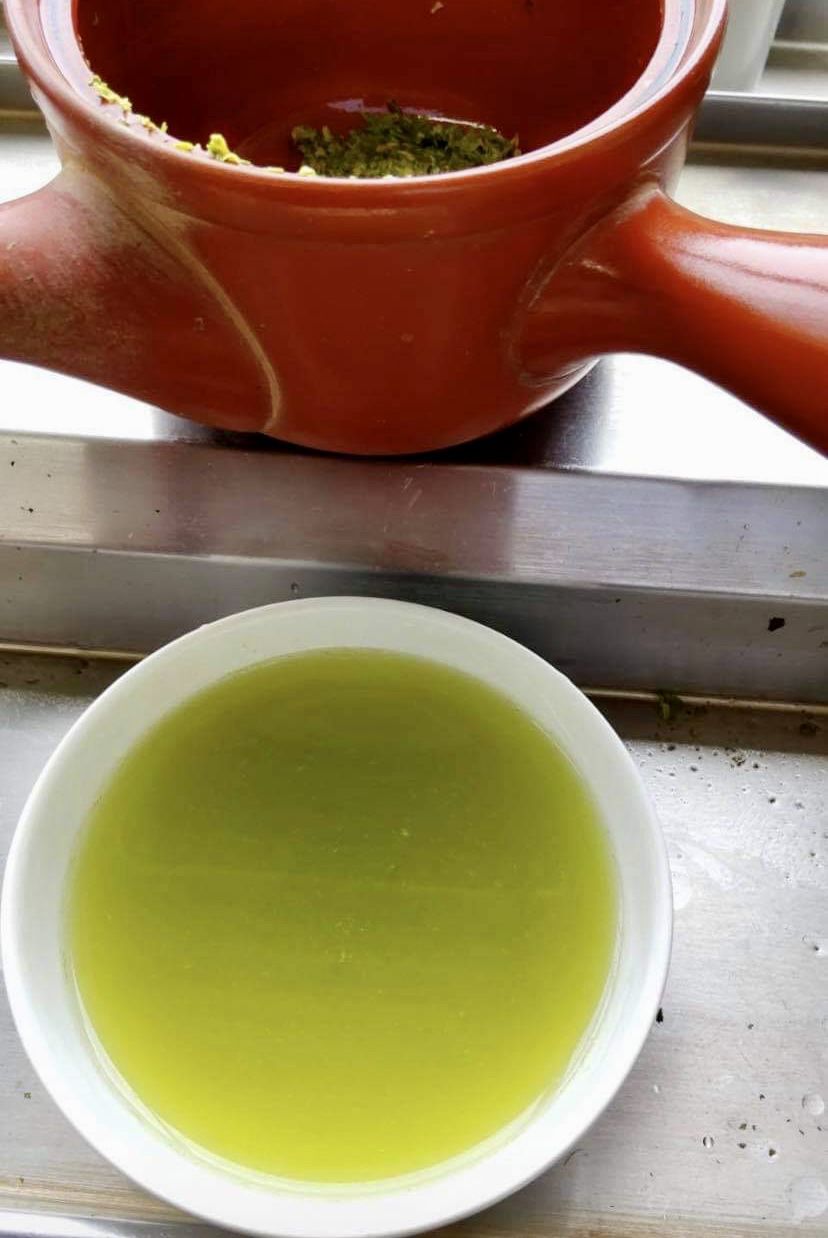
and WOW do we have a secret for you!!
But before I let the cat out of the proverbial bag, let's dive into what exactly shincha means. This little word confused me for years. I always assumed it was just another name for the first harvest...but NO! There is a huge difference.
While Shincha is ichibancha (first harvest) it goes much beyond that. It is the first batch of the first harvest where the fresh new growth is selected and why it is so celebrated throughout Japan with retailers flying bright pink flags featuring vivid green cups of tea or leaves. This newest tea sets the stage for the "personality" of the harvest. While it has the same shelf life, usually a year, it by no means stays around that long because folks can't wait to try it!
Over the winter, the leaves have been busy preparing to unveil the most nutritionally rich of all harvests. With this honor come bragging rights: Shincha is the freshest! Making its debut around the first few weeks in May, Japan springs to life after the much adored sakura viewing in April as retailers clamor to promote Shincha as the next show ready to dazzle and delight. This means get it and drink it and don’t wait around. The limited supply demands full attention when it hits the shelves - you simply don’t want to miss it!
Time to let the cat out...!
RARE SHIRACHA
WHITE TEA!
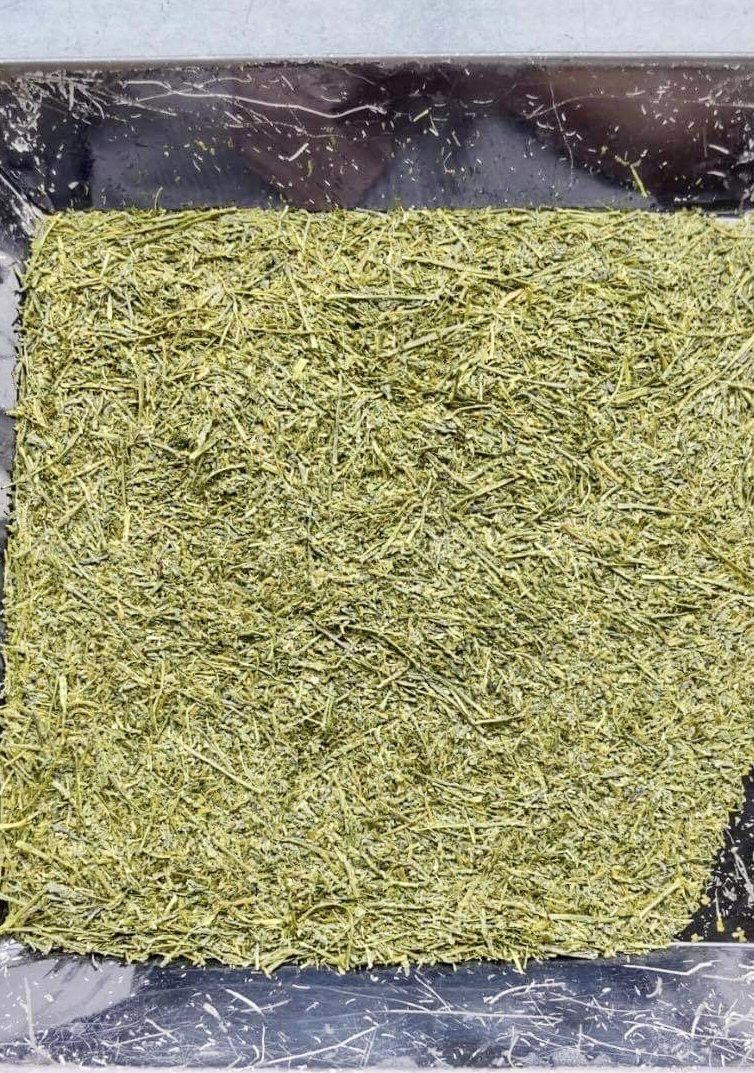 Thanks to our wonderful relationship with Master Kumagai, he often lets us in on a secret stash of his prized teas...
Thanks to our wonderful relationship with Master Kumagai, he often lets us in on a secret stash of his prized teas...
And this year, we have scored some Shiracha Shincha or WHITE TEA. The leaves look yellowish but they are white in comparison to green tea and why this tea is known as white tea.
We named it HOTARU, meaning firefly in Japanese, because it is so rare that you are lucky just to get a glimpse of it, like the fireflies in Yame which light up for just a few days in June. In fact, this Shiracha is so unusual that most people in Japan don't know it exists! The tea leaves are cultivated in a small plot in the famous Yame district and then processed very similar to Chinese Baihao Yinzhen (white hair silver needle) using just the precious buds.
A sensitive light steaming is carried out to capture the full essence of Shiracha’s fragrant first leaves. Think “Asamushicha” (opposed to a fukamushi tea, like our Fushigi) which means the fresh new leaves almost glow in your teapot. Because the aroma is akin to cut grass, you might think it's overly grassy in taste, but it's far from it. You will take a journey through a farmer's garden plot and then onto the picnic table as you taste buttered corn, pumpkin, sweet potatoes...none of the "vegetal notes" like asparagus or spinach. What’s so special is the roller coaster ride it gives your palate. The refreshing, ever-so-slightly bitter welcome yields to a subtle sweetness that continues to amplify long after your last sip. This is a one-chance wonder...a treat from Master Kumagai who graciously allowed us to offer it to you.
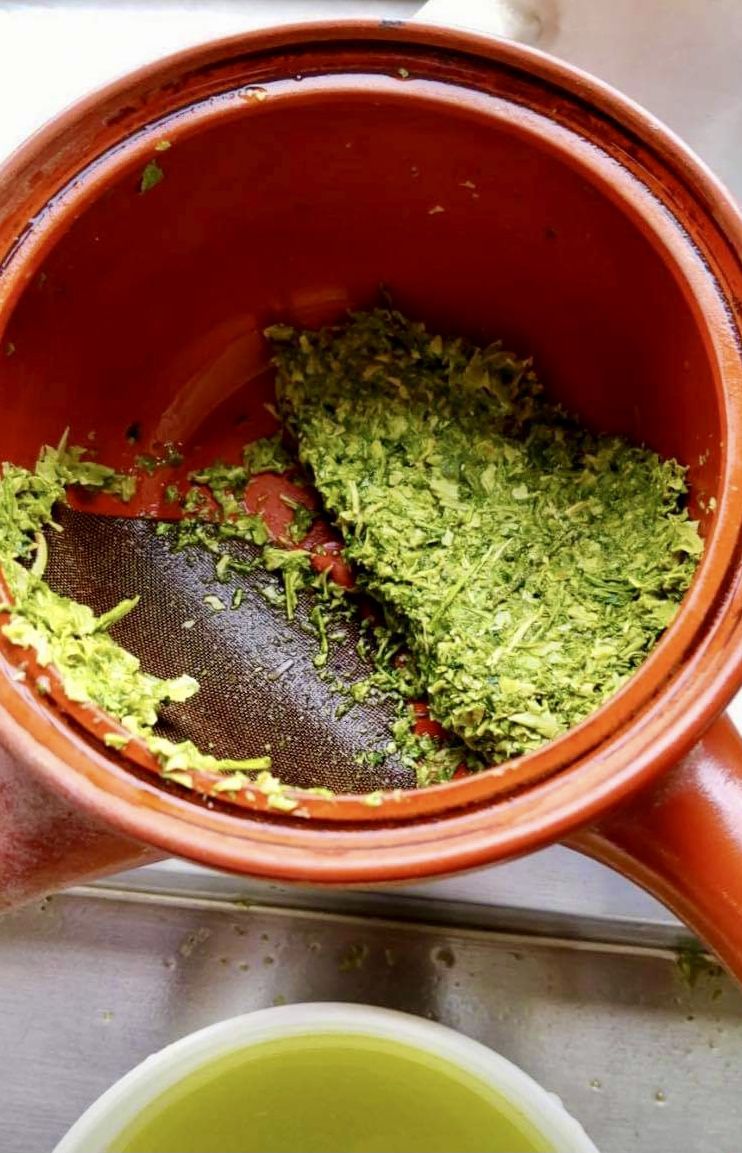
As with most Shincha, it is wise to err on the side of caution regarding water temperature. Think Gyokuro, with much cooler water, so you don't scorch the delicate leaves. I recommend trying the first pot using 60°C/140°F temperature, steeping for a minute or 90 seconds.
Gyokuro leaves are delicate but harder than the HOTARU leaves, so you can steep it for less time than a Gyokuro. Play around with your steeping to see what works best for your palate. And of course, you can cold brew it!!
Our small supply has just arrived at our Halls of Fulfillment in Japan, so if you want to try this once-in-a-lifetime, rare white tea, while stocks last, order it now by clicking here: HOTARU SHINCHA
As a special thank you! for taking the time to read this blog, we'd like to offer you a limited DISCOUNT CODE to apply at the checkout when buying our SHINCHA.
10% Discount Code: SHINCHA
ORDER NOW

About Holly Helt
Holly is American and grew up in Japan drinking Japanese tea from age-three. She has studied two methods of tea ceremony, Urasenke and the lesser-known Yabunouchi, which has a direct lineage to Sen-no Rikyu (known as the father of the tea ceremony) ; it's also the school of practice for samurai. In 2012 she founded Chiki Tea - an online retailer of Japanese green teas, all sourced directly from small farms in Japan. Splitting her time between Japan and her home in Texas, Holly strives to bring the best teas from Japan to as many people as she can find to share in her life's passion.
